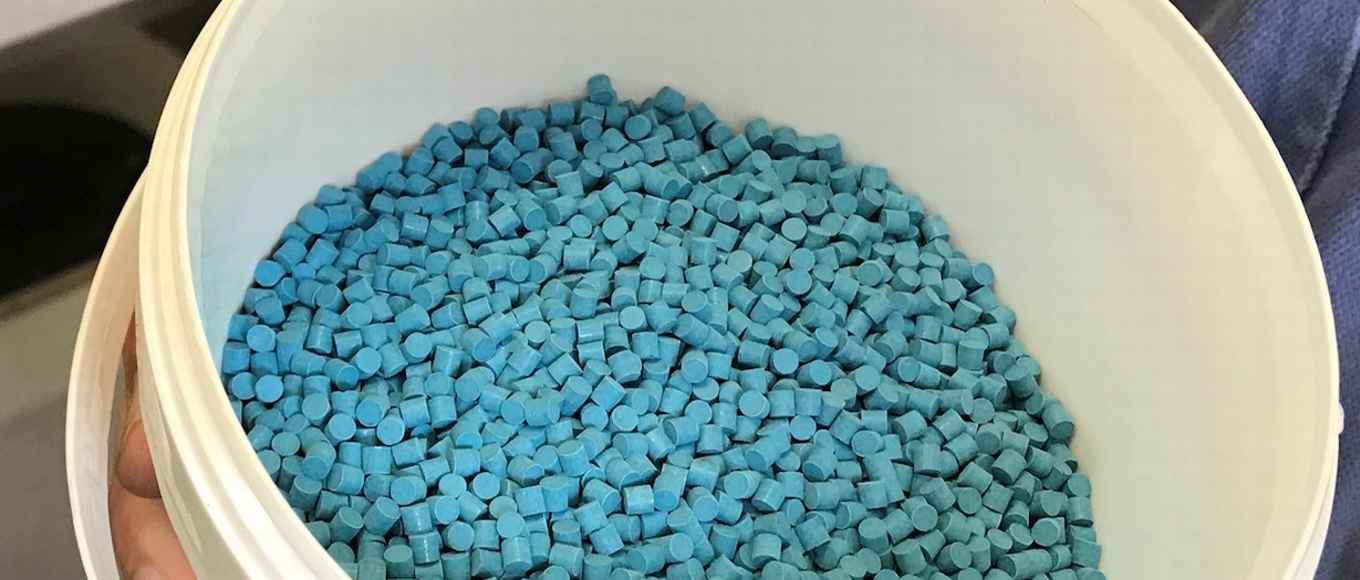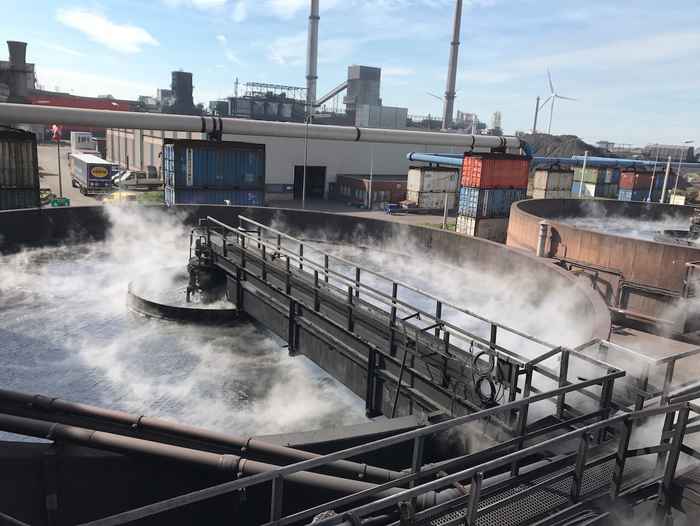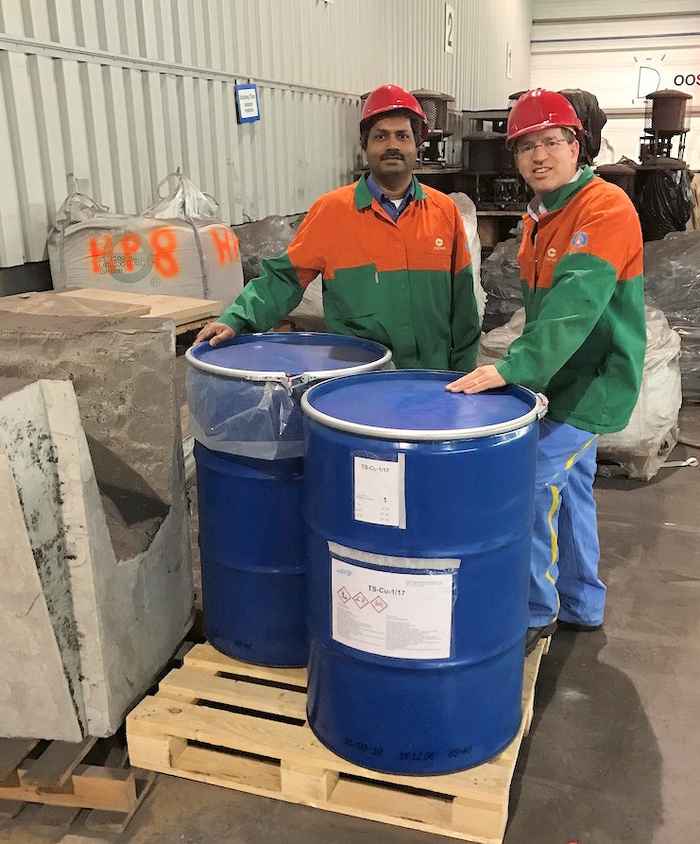UvA catalyst for cleaning cyanide from wastewater goes pilot scale
Developed at research priority area Sustainable Chemistry; industrial application within reach
27 September 2017

The solid catalyst, based on a simple and cheap copper oxide, was invented in 2015 in at the UvA's research priority area Sustainable Chemistry. It enables cyanide decomposition by a fast reaction of cyanide ions with hydrogen peroxide at 40 °C, under ambient pressure. This reaction is so quick that the catalyst can be used with cyanide concentrations ranging from 1 mg/liter all the way up to 10 g/liter. It can thus be used for treating a broad range of industrial wastewater flows.
Gold, precious metals and steel
Cyanide pollution is especially problematic in the gold mining industry, in the processing of precious metals, and in steel production. In mining large amounts of cyanide salts are added to extract gold and other precious metals from ores. The resulting wastewater streams are hazardous and toxic.
Similarly, companies in the processing of precious metals use high concentrations of cyanide salts in plating and purification processes (although the volumes of wastewater are much smaller here).
Steel production is another story – the cyanide is not added to the process, but forms at the high temperatures of the blast furnaces. The concentrations are low, but the volumes are gigantic. Currently, steel manufacturers treat their process wastewater in large basins with a variety of chemical reactions.

The UvA has filed a patent application on the invention of the catalyst. In collaboration with the Innovation Exchange Amsterdam (IXA) the researchers approached industrial partners for further development. This led to various small scale tests performed in cooperation with gold and steel industries. Following the positive test results, a pilot process was commissioned by several industrial companies within a consortium of European metal industries.
Continuous and scalable

The pilot installation, built by the Dutch company Logisticon BV, has been set up as a continuous flow process. Both the wastewater and the hydrogen peroxide solution flow over a column containing the catalyst pellets. The system treats 1 m3 of wastewater every hour. Its simple design should enable efficient scale-up.
The column of the pilot installation contains hundreds of kilograms of catalyst pellets - way beyond the synthesis capacity of the UvA lab, which typically produces gram-scale catalyst samples for research purposes. The catalyst was produced commercially especially for this pilot by EuroSupport BV, and the UvA researchers received a 10 kg sample for further research and education purposes. Rothenberg: “We often show samples of industrial catalysts in courses and lectures; now for the first time we can show our own industrial catalyst samples”.
Rothenberg and Shiju are very proud of the new catalyst and expect it will help to solve the cyanide pollution problems of the metal processing industry. They are confident the pilot tests will show the feasability of the process and hope this will lead to future large-scale implementation.

Patent
Method for removing cyanide compounds from wastewater.
P. Oulego Blanco, N.R. Shiju and G. Rothenberg, WO2016/120394 (January 29, 2015).